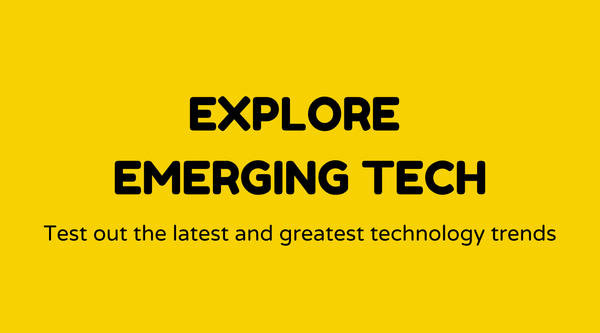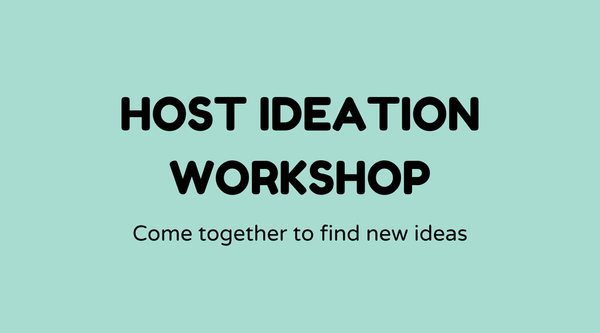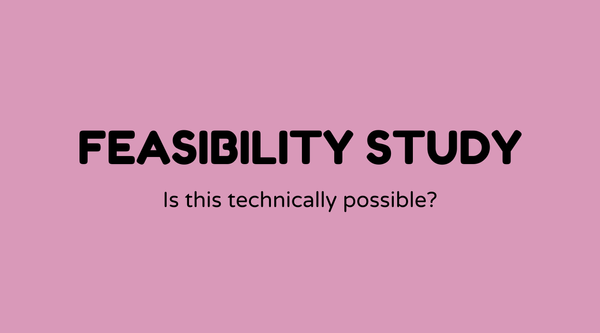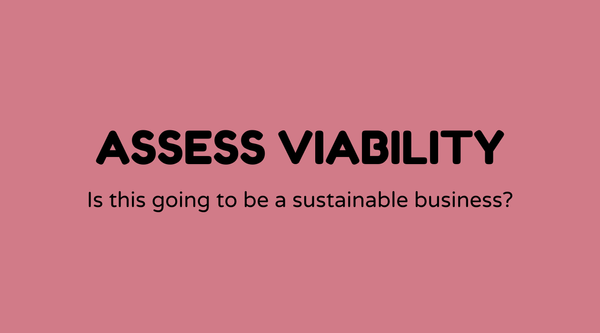Affinity mapping
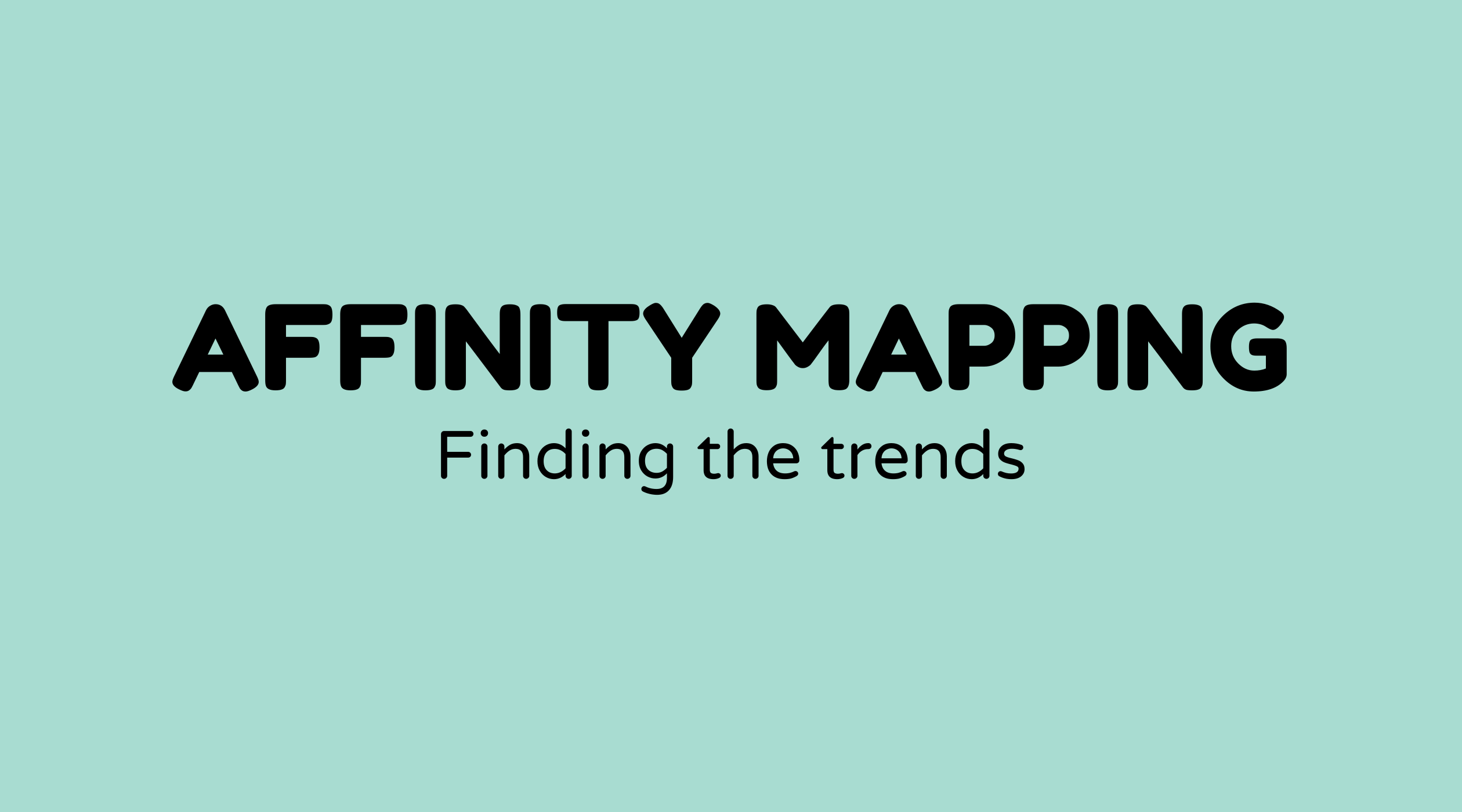
Overview of Affinity Mapping
Affinity Mapping is a method to collect, categorize, and prioritize information during brainstorming or research processes. In this approach, you group similar items together, similar to tidying a disorganized space. By using this technique, groups can visualize patterns or themes and make informed decisions. Affinity Mapping is commonly employed in UX design, product development, and various other domains to arrange ideas and insights in a structured manner.
Why Affinity Mapping Matters
Affinity Mapping can be helpful to teams starting a new project or addressing intricate problems. It is important because it encourages teamwork and enhances understanding by bringing everyone's ideas to the forefront and methodically organizing them. This process can also reveal hidden insights or connections that may otherwise go unnoticed. Additionally, it serves as an excellent way to guarantee that each team member's input is acknowledged and valued.
What is Affinity Mapping
Affinity Mapping involves organizing related items into clusters based on their inherent relationships. Typically, this begins with writing down thoughts or information on sticky notes. These notes can be physically or digitally arranged into categories that display patterns. This bottom-up approach underscores the common themes present in a wide array of data, simplifying the analysis and interpretation of complex information.
How to Conduct Affinity Mapping
-
Gather Ideas:
Start with a brainstorming session where participants jot down individual thoughts on sticky notes. -
Sort and Group:
-
Categorize Notes: Rearrange the notes, grouping similar ideas together. This phase can be dynamic and collaborative.
-
Define Categories: Once clusters are established, label each one to define the categories.
-
-
Discuss and Reflect:
Review these groups as a team. Ensure all participants agree with the categorization and identify any patterns. -
Prioritize:
Determine which topics or themes should be prioritized based on the organization's goals and objectives.
Examples of Affinity Mapping
Consider a software development team collecting requirements for a new application. They begin by listing all desired features on sticky notes. Through Affinity Mapping, they categorize these into groups such as "User Interface," "Security Features," and "User Feedback," enabling them to prioritize development efforts efficiently.
Another instance is in market research: a company conducts a survey and applies Affinity Mapping to cluster customer feedback into distinct themes like "Product Quality," "Customer Service," and "Pricing," which aids in generating actionable insights.
FAQs
-
What materials do I need to start Affinity Mapping?
You will need sticky notes, markers, and a large board or wall space. Digital platforms like Miro or Trello can also enhance remote collaborations. -
Can Affinity Mapping be used for personal projects?
Certainly! It’s a flexible method that can also assist in organizing thoughts for personal goals, such as planning a wedding or managing a home renovation. -
How long does an Affinity Mapping session typically take?
This varies based on the complexity and quantity of data. Sessions can last anywhere from half an hour to several hours. -
What's the difference between Affinity Mapping and Mind Mapping?
While both are organizational tools, Affinity Mapping focuses on clustering similar concepts, whereas mind mapping involves expanding on an idea by forming a web of connected concepts. -
How do I manage disagreements during the sorting phase?
Open dialogue is essential. Encourage team members to share their reasoning. Sometimes, differing opinions can lead to innovative solutions. -
Is Affinity Mapping suitable for online teams?
Yes, digital tools such as Miro, Lucidchart, and Stormboard make Affinity Mapping accessible for remote teams by providing a virtual space to collaborate.
Recommended Reading & Resources:
- Check out this YouTube video on Affinity Mapping for a visual walkthrough.
- Explore tools like Miro or FigJam that support digital Affinity Mapping.
